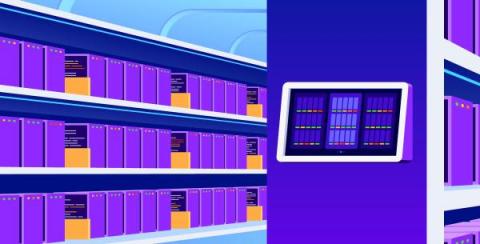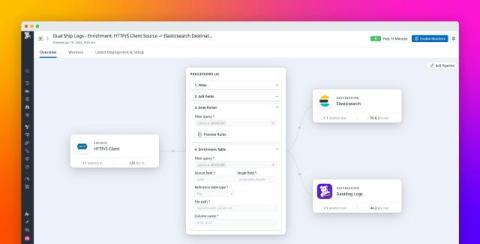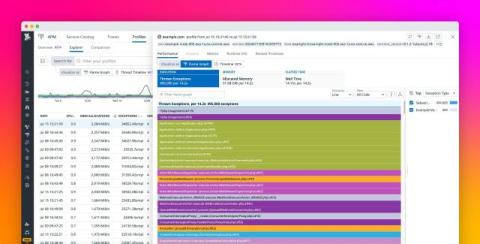Enhance your GenAI application monitoring with Crest Data's Datadog Marketplace integrations
As organizations begin developing generative artificial intelligence (GenAI) applications, observability challenges could hinder their progress. Few robust monitoring tools for GenAI applications are available, which makes identifying and resolving issues in these applications time-consuming and error-prone.











